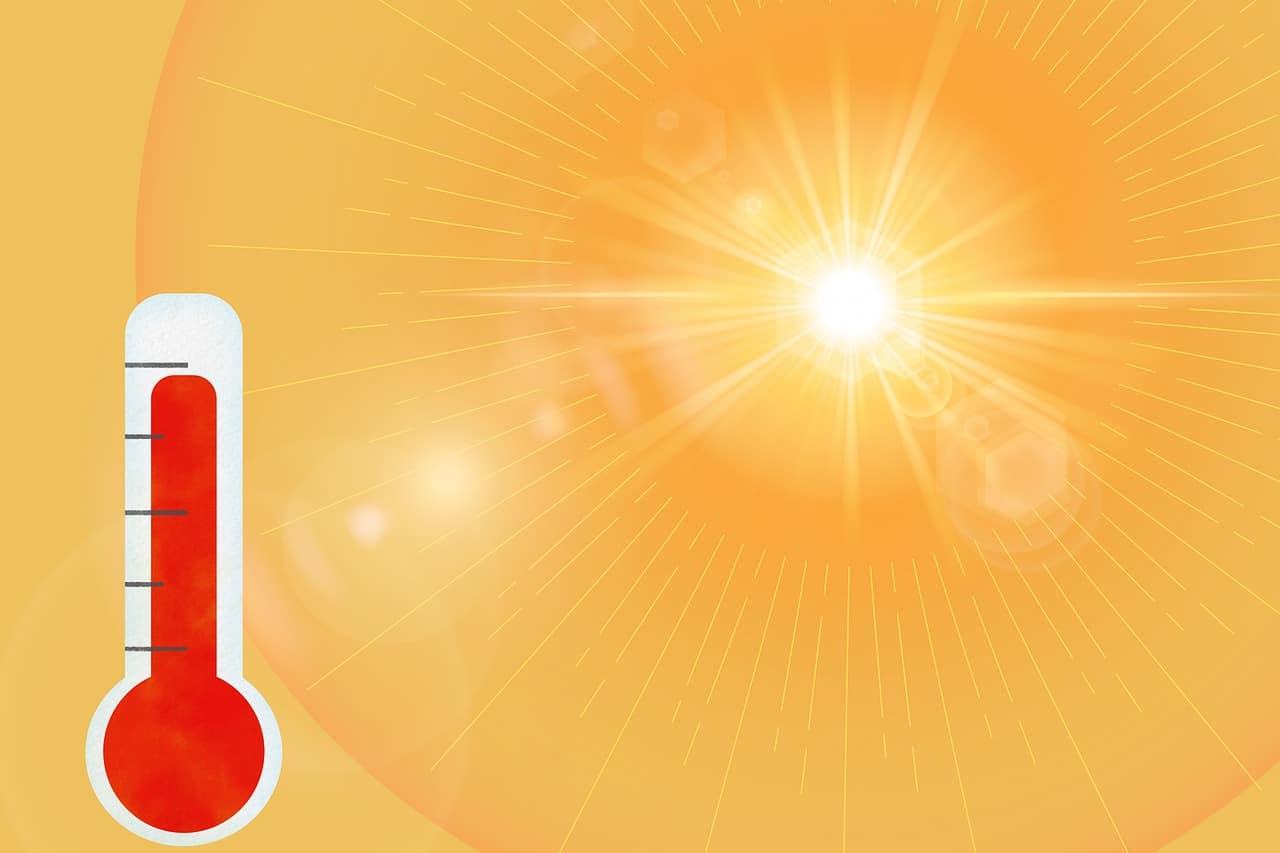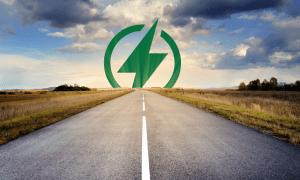The UK has been experiencing recent temperature spikes with highs of over 40 degrees Celsius. Several parts of Europe experienced weather-related disruptions due to the heatwave, schuss fires, travel delays, and death. But what does this mean to solar panels?
It’s easy to assume that high temperatures mean good news for solar Photovoltaic (PV) systems. However, it seems that it is more complicated than that.
The UK has reached an optimum output level of around 24C, according to Solar Energy UK. There is only a minimal degree output at 0.5 per cent, while newer modules have shown improved performance.
This is the reason there is no peak in midsummer, in which the peak national output is usually in April and May when it’s sunny but cool.
Despite a higher temperature of 25C recorded in the past weeks, its overall effect on solar energy is not too disruptive. This is because various factors determine the temperatures of solar panels.
Some factors include the radiative heating that comes from the sun, ambient temperatures, and the cooling effects of wind. Although there is breathing space for solar panels, hotter summer temperatures occur more regularly, and this should not be a cause of concern. With that, solar power is not only affected by the rising temperature.
Hotter and Sunnier Days Do Not Mean More Solar Power
The spike in temperature does not mean that there will be more solar power generated. Instead, this may hinder the solar panels’ capacity to collect energy from the sun.
Solar panels absorb sunlight via the PV cells, with the photons in the panels loosening electrons from their atoms to form an electrical circuit within the panel semiconductors under optimal circumstances.
Additionally, most solar panels are tested at a temperature of 25 degrees Celsius, which is the ideal temperature at which the process occurs within the panels. However, anything above this temperature, regardless of the brightness of the sun, may compromise the efficiency of solar panels.
Why?
Too much heat may cause an excessive number of electrons on the panels, reducing the panel’s generated voltage and efficiency.
Furthermore, if you think the impact will only be minimal, you will be surprised to know that high temperatures can decrease your solar panels’ efficiency by ten to 25 per cent. For every degree Celsius, the efficiency of the solar panels drops by 0.5 percentage points.
Looking for high quality solar panels? Get a quick solar quote, or contact us today toll free on 1800 EMATTERS or email our friendly team for expert, obligation-free advice!
It’s All About the Light
There are various types of solar energy production—solar PV and solar thermal.
Solar thermal leverages the heat of the sun and works the same way as a coal-fired power station. However, most of the rooftop solar panels and solar farms in Australia use PV, which works by converting light into electricity.

Not a Show Stopper
Many property owners with solar panels worry that the heat may increase their power bills. The good news is that this doesn’t necessarily mean that.
It’s still a good thing to have solar during a heatwave, which is why it’s essential you have a good system that can power the entire property.
Power Through
A modest solar system with good thermal performance will work well during a heat wave on a property. In this case, you can power through a heatwave without spending money on grid electricity.
A typical home in Australia has a ducted air conditioner and a poor thermal envelope; therefore, there is a need for a huge battery and solar panel system to be powered 100 per cent during a heatwave.
In the case that you want to reduce your property’s impact on the grid on days like this, the most cost-effective way would be to improve your property’s thermal efficiency and get the most efficient air conditioner. Doing so will make your property more comfortable all year round, and at the same time, you also get to save more money.
And when you combine this with a solar system that is the right size, your home can be a part of the solution to the increasingly common heatwaves.
Stay Resilient
Heatwaves, along with severe storms, are normal in an Australian summer. However, as the climate warms that brings in hot spells and heavy rainfall, things can get a little more intense. Therefore, you should ensure your property stays resilient.
Aside from leveraging the power of solar energy, it won’t hurt to plant trees on your property. Greenery can reduce temperatures between five and six degrees, especially during a heatwave.
Many government and city councils have urban greening programs focused on public lands. However, expanding green areas in backyards can make a huge difference.
Planting trees on the northern or western sides are perfect during this time because they can provide shade in the summer and let light in during the winter. That way, you will use less energy.
If you haven’t made the switch to solar yet, and now you’re ready to, it’s best to put the panels on the west-facing roof to take advantage of solar energy during peak periods.
Having sun-generating solar on the west-facing panels will help you gain free energy until much later in the afternoon.
Energy Matters has over 17 years of experience in the solar industry and has helped over 40,000 Australian businesses and households in their journey to energy independence.
Complete our quick Solar Quote Quiz to receive up to 3 solar quotes from trusted local installers – it’ll only take you a few minutes and is completely obligation-free.











































